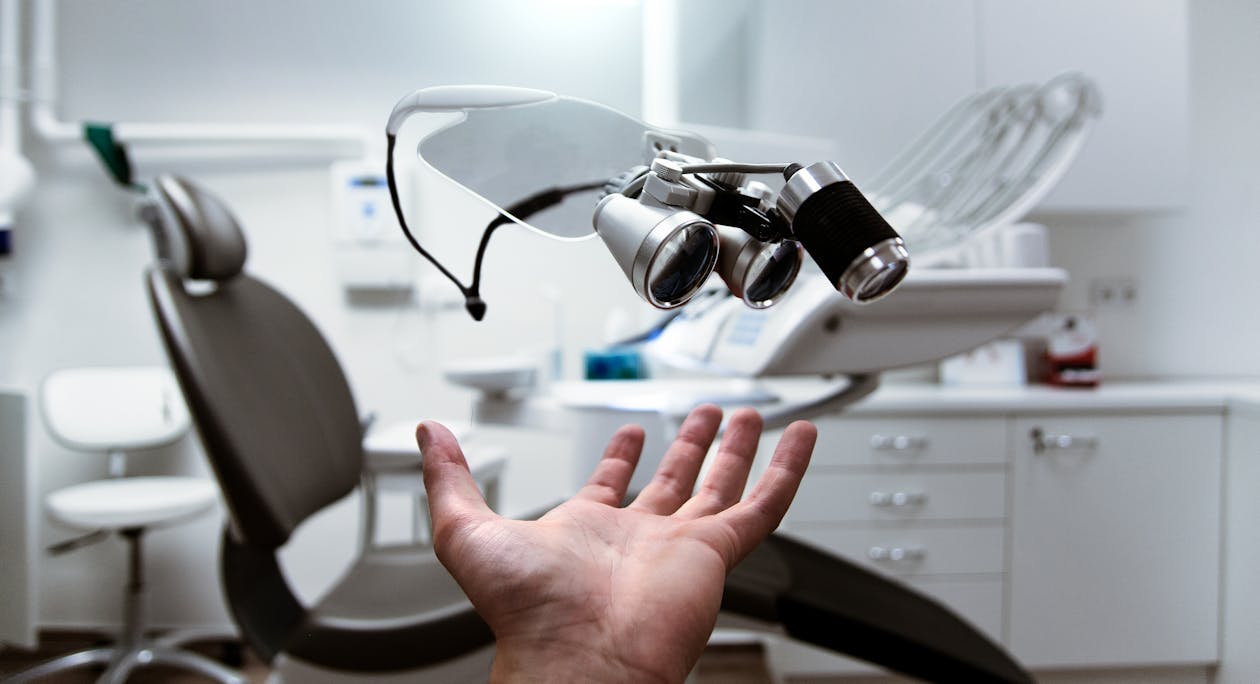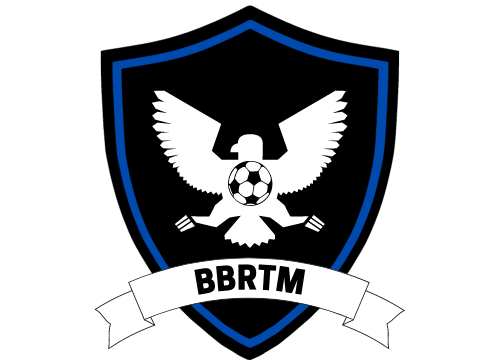PROVIDERS OF HEALTH-CARE SERVICES
Hospitals and other medical institutions are responsible for the diagnosis and treatment of sickness, as well as for teaching, research, and training of medical students and residents. In hospitals, a wide range of medical equipment and facilities are accessible, including operating rooms, where medical specialists execute major surgical procedures.
In addition to providing short- and long-term care, nursing homes and rehabilitation clinics often provide a variety of other services. Short-term care might include rehabilitative treatment following surgery, illness, or injury as one example. Examples include physical therapy, occupational therapy, and speech-language therapy, amongst others. Long-term care is available for the sick, the elderly, and the disabled. Ambulatory service providers are physicians and other health professionals who provide outpatient medical services or non-hospital-based therapy to patients. A patient who comes to a hospital or an outpatient clinic for outpatient care is diagnosed, treated, and discharged on the same day that they arrive at the facility.
In the health-care industry, financial professionals are known as healthcare financiers.
Government and private-sector companies that sell health insurance and provide assistance for healthcare services are referred to as intermediaries. In addition to supervising payment for services rendered, they are in charge of aggregating medical funds collected from companies or individual insurance plans. Patients’ access to health care, the sorts of therapy that will be funded, and the manner in which healthcare services will be dispersed are all determined by healthcare financiers.
 THE ART AND SCIENCE OF LIVING
THE ART AND SCIENCE OF LIVING
Manufacturers of high-tech medical equipment, pharmaceutical companies that develop pharmaceuticals and other chemical products used in health care, and biotechnology companies that conduct research and development to develop new drugs, medical equipment, and treatment techniques are all examples of companies that fall into this category. This group includes all those who provide extra scientific services for the diagnosis, treatment, and monitoring of patients in addition to those who provide the basic scientific services.
In the health-care industry, what is the value-chain structure?
1.THE ADMINISTRATION OFFICIAL OFFICE (BACK OFFICE)
The administrative department is in charge of the day-to-day operations of healthcare facilities, ensuring that they are both efficient and profitable. It is also in charge of the planning, coordination, and monitoring of such activities.
It is the department’s responsibility to oversee budgeting and financial administration as well as patient admissions and discharges, public relations, medical billing, the implementation of hospital policies, procedures, and health-related education for both staff and patients, as well as recruitment and benefit administration.
2. MANAGEMENT OF DATA AND INFORMATION
This section serves as the brains of the healthcare business as a whole. It is in charge of collecting and analyzing healthcare data that will be used to help people make health-care decisions. A key responsibility of the department is to use health data to improve care delivery while also providing patients with access to their data from anywhere, at any time, and ensuring that it is portable and easy to use. Patient data confidentiality and security, ensuring accountability and due diligence in the sector, and overseeing the application and infrastructure environment for healthcare institutions are all important responsibilities.
3. HEALTHCARE ASSISTANCE
Clinical services are the lifeblood of the healthcare industry, providing a wide range of clinical and non-clinical services for the diagnosis and treatment of patients. Clinical services are also the most expensive part of the healthcare sector. Their services include inpatient and outpatient care, as well as ambulatory care, training, and medical research.
Clinical services include biomedical engineering, cardiology, dermatology, paediatrics, the Centre for Disease Research, healthcare logistics companies, dentistry and oral surgery, the Diabetes Centre, diagnostic radiology, cancer and palliative care, the Integrated Imaging Centre, the Centre for Reproductive Health and Childbirth and endocrinology, to name just a few.
4. HEALTH SERVICES PROVIDED BY PARTNERS
By providing direct patient care and a variety of support services, allied health professionals assist patients improve their health and quality of life. They work in conjunction with medical and nursing teams to provide comprehensive patient care. Treatments that are diagnostic, therapeutic, or preventive in nature are all feasible.
Only a few of the services accessible include occupational therapy, speech/language therapy, psychological/mental rehabilitation, physical fitness training, dietary and nutritional therapies, and Health Management Systems.
5. ASSISTANCE AND SUPPORT SERVICES
These are individuals, procedures, and support structures that are used in conjunction with medical treatment to enable healthcare professionals to provide more effective and efficient patient care and service. Just a few of the support services that are available include: procurement and supply, cleaners and food service personnel, as well as biomedical technology.
Procurement and supply: They place orders for drugs and medical equipment, receive them, store them, and ensure that they are delivered to all hospital departments as needed.
Housekeeping, as well as washing and sanitizing medical equipment, is the responsibility of cleaners and food service staff in order to maintain a safe and clean environment. They also provide food and beverages to medical staff and patients, among other things.
Biomedical Technology: These people support healthcare professionals with the design, building, repair, and maintenance of medical equipment.

